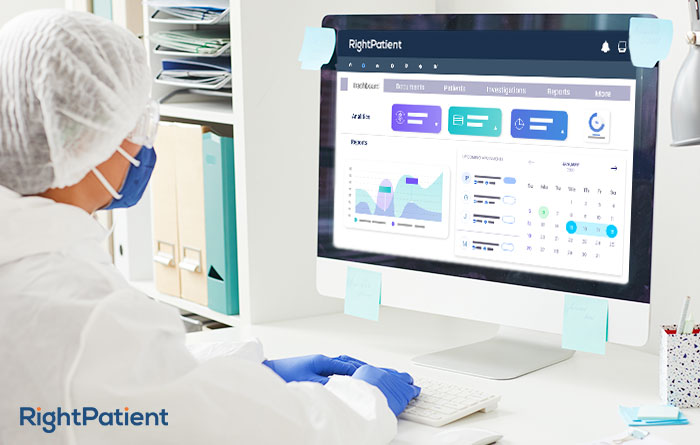Hospital Readmission Prevention is a Must as CMS Fines Half of Hospitals

The US healthcare system is in an unfortunate state – it just can’t seem to catch a break. While it was already coping with a number of issues – such as medical identity theft, the lack of price transparency, interoperability issues, and healthcare data breaches, among others – COVID-19 hit it hard. As a result, healthcare providers across the US are facing huge losses. With increasing COVID-19 cases across the States and with experts predicting even more during the fall, healthcare providers received yet another blow. CMS (Centers for Medicare & Medicaid Services) will fine about half of hospitals due to readmissions of Medicare patients, although this is for the pre-pandemic period and therefore COVID-19 cannot be held accountable for the lower payments. Let’s take a look at the numbers, how this will affect the hospitals further, and how hospital readmission prevention can be achieved with a proper patient identity verification platform.

CMS will lower payments
While it’s already been quite a harsh year for healthcare providers, it’s about to get worse. Many caregivers are resorting to cost-cutting strategies by laying off employees, furloughing them, or even shutting down; however, the lowered payments will only add to the unprecedented costs.
Some numbers surrounding the penalties
During the fiscal year 2021, CMS will fine 2,545 hospitals due to increased Medicare patient readmissions that occurred within 30 days. The penalties were based on patient data ranging from July 2016 through June 2019. A staggering 83% of the hospitals received penalties, and they will be facing payment cuts as high as 3% per Medicare case during 2021. 39 caregivers will face the maximum penalty next year, which is an improvement over this year, when the number of hospitals hit with the maximum penalty was 56. However, with the pandemic disrupting everything, hospitals will lose more than ever. As a result, hospital readmission prevention becomes a topmost priority.
Why is the program important?
This is the ninth year of the Hospital Readmissions Reductions Program, and it has been created to improve patient care quality while lowering overall costs. As previously mentioned, it takes into account the readmissions of Medicare patients that occur within 30 days. While CMS is considering a suspension of the penalty program due to COVID-19, the penalties are still in effect this year.

Some exceptions
Congress has exempted 2,176 hospitals out of the 5,267 from penalties due to a number of reasons. The hospitals exempted are either:
- Critical access hospitals,
- The only inpatient facility in the area,
- Hospitals specializing in long-term care, children, veterans, or psychiatric patients.
What the industry thinks about hospital readmission prevention
While many participants within the US healthcare system have voiced disapproval regarding the penalty program, others have said that, while not perfect, the Hospital Readmissions Reductions Program is useful – it pushes caregivers to find innovative solutions to provide better quality care.
The penalties will further increase hospital losses
Moreover, as healthcare providers are already facing huge losses due to the pandemic, they need to ensure hospital readmission prevention if they want to survive in the long run. Several hospitals are heavily relying on CMS reimbursements, and if they can reduce readmissions, it might help them survive the pandemic’s financial strain. By improving patient safety and quality of care, hospitals can significantly lower readmissions. Fortunately, RightPatient can help with that.
RightPatient enhances hospital readmission prevention
RightPatient has been helping leading healthcare providers with its touchless patient identification platform for years. It ensures improved healthcare outcomes by eliminating one of the most overlooked problems within hospitals: patient misidentification.
Patient misidentification leads to duplicate medical records and overlays, jeopardizing patient safety. Moreover, it provides the wrong medical records to caregivers, resulting in negative healthcare outcomes. Naturally, these are the patients who are readmitted within hospitals frequently. So, how does RightPatient help?
It locks the medical records of the patients using their photos during registration. Patients receive an SMS/email after they schedule appointments, and they are required to provide a personal photo and a photo of their driver’s license. RightPatient compares the photos for a proper match, eliminating any chance of misidentifications. All of this is done without requiring the patients to touch any foreign objects, eliminating infection control issues – something that is crucial during and after the pandemic.
Reduce patient readmissions, improve healthcare outcomes, and ensure patient safety with RightPatient – contact us now to learn how we can help you.













